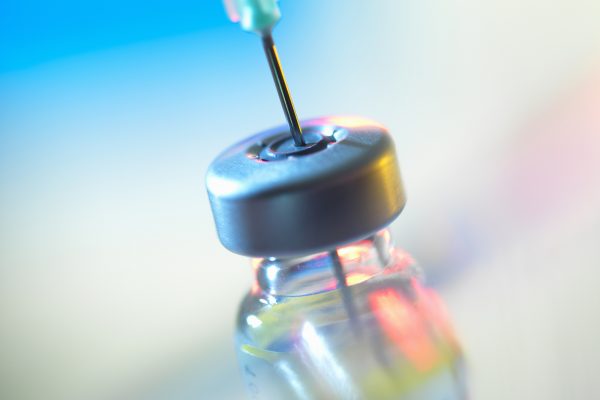
Patients with relapsed/refractory diffuse large B-cell lymphoma (R/R DLBCL) face a poor prognosis. Previously, loncastuximab tesirine (Lonca) showed promising antitumor activity in the pivotal phase II LOTIS-2 study in heavily pretreated patients with R/R DLBCL. The updated results, recently published in Haematologica, continued to demonstrate durable responses alongside manageable safety and tolerability.
In newly diagnosed diffuse large B-cell lymphoma (DLBCL) patients, frontline therapy offers a potential cure for approximately 60% of individuals. However, those who experience relapse or are refractory to initial treatments, including stem cell transplant (SCT) or chimeric antigen receptor T-cell (CAR T) therapy have a poor prognosis and limited treatment options. Loncastuximab tesirine (Lonca), an anti-CD19 antibody conjugated to a potent pyrrolobenzodiazepine dimer, demonstrated promising antitumour activity in the pivotal phase II LOTIS-2 study in heavily pretreated patients with R/R DLBCL. This article presents the updated efficacy and safety analyses from this trial, shedding light on its potential as a therapeutic option for this challenging patient population.
The phase II LOTIS-2 study included patients aged ≥18 years diagnosed with R/R DLBCL after two or more prior systemic therapies, measurable disease (2014 Lugano criteria), and an Eastern Cooperative Oncology Group performance status of 0 to 2. Lonca was administered intravenously once every three weeks, starting at a dose of 0.15 mg/kg for the first two cycles, followed by a reduced dose of 0.075 mg/kg for subsequent cycles. Treatment was continued for up to one year or until disease relapse or progression, with each cycle lasting 21 days. Patients with clinical benefits could continue treatment beyond one year upon sponsor approval. Patients received dexamethasone premedication to reduce the incidence and severity of PBD-related adverse events. The primary efficacy endpoint was objective response rate (ORR). Secondary endpoints included overall survival (OS) and progression-free survival (PFS).
A total of 145 patients received at least one dose of Lonca and were evaluated for efficacy and safety. After a median follow-up of 7.8 months, 48.3% of patients achieved an overall response. Remarkably, 24.8% of patients achieved a complete response (CR), of which 44% and 31% were event-free for ≥1 year and ≥2 years, respectively. In the all-treated population, the median OS was reported at 9.5 months, while the median PFS stood at 4.9 months. Among patients with CR, median OS and PFS were not reached, with 24-month OS and PFS rates of 68.2% and 72.5%, respectively. No new safety concerns were detected.
In conclusion, with additional follow-up, Lonca continued to demonstrate durable responses while maintaining manageable safety and tolerability among heavily pretreated patients with R/R DLBCL in the pivotal LOTIS-2 study.
Reference